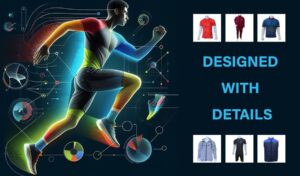How Much Does Sportswear Cost? It's More Than Just a Price Tag
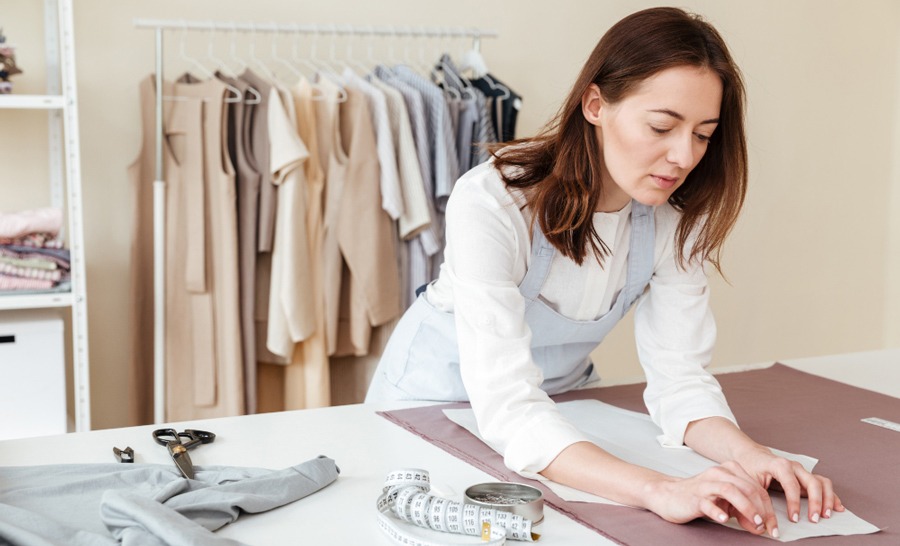
Table of Contents
ToggleImportance of sportswear cost for a customer
Have you ever wondered why sportswear cost can vary so wildly? Just like that dream house you can’t quite seem to put a price tag on, high-quality, custom sportswear defies a one-size-fits-all answer.
Here at Arbish Sports, we get constant questions from entrepreneurs and brands eager to jump into the sportswear market. One of the most common inquiries? “How much does sportswear cost?”
But before we delve into specifics, let’s address the elephant in the room: we don’t offer generic, off-the-rack sportswear. Instead, we specialize in creating bespoke sportswear tailored to your brand’s unique identity and target audience.
Think of it this way: would you walk into an architect’s office and ask, “How much for a house?” The answer depends on a multitude of factors, and the same applies to sportswear cost.
Here’s a breakdown of the key elements that influence the final sportswear cost:
1- Order Quantity: Balancing Cost and practicality
Bulk orders generally offer lower costs per item due to economies of scale. However, the exact quantity for bulk discounts varies by seller and product (typically 25-50 units or more).
Benefits of Bulk Orders:
- Reduced per-unit cost
- Lower handling costs for the seller (potentially reflected in lower prices for you)
Downsides of bulk orders:
- Requires more storage space
- Larger upfront investment
- Risk of being stuck with unsold inventory if styles change
Tips for determining ideal order quantity:
- Contact the Seller: Check their website or ask directly about bulk order discounts for your desired quantity.
- Consider your Needs: How many items do you realistically need to sell or use?
- Factor in Storage and Cash Flow: Can you afford the upfront cost and do you have space to store the items?
By considering these factors, you can find the ideal order quantity that balances cost savings with practicality.
2- Fabric Selection: Choosing the Right Material for Your Needs
The fabric you choose significantly impacts your sportswear’s cost, performance, and aesthetics. Here’s a breakdown of key factors to consider:
Intended Use:
- Everyday Wear: Prioritize breathability, comfort, and affordability. Cotton or tri-blends (cotton, polyester, rayon) are popular choices.
- Activewear: Focus on moisture-wicking and fast drying. Look for synthetics like polyester or nylon, possibly with breathable mesh panels.
- Special Occasions: Opt for luxurious fabrics like silk or fine merino wool for an elegant look (be prepared for a higher price point).
Desired Qualities:
- Breathability: Cotton and linen are good for hot weather.
- Moisture-Wicking: Polyester and nylon keep you dry during exercise.
- Durability: Synthetic fabrics like nylon generally last longer than natural fibers like cotton.
- Drape: Consider how you want the fabric to fall (softly like silk or structured like cotton poplin).
- Wrinkle Resistance: Synthetics tend to wrinkle less than natural fibers.
- Budget: Fabric prices vary based on material, quality, and source. Natural fibers are typically more affordable than luxury options like silk or cashmere.
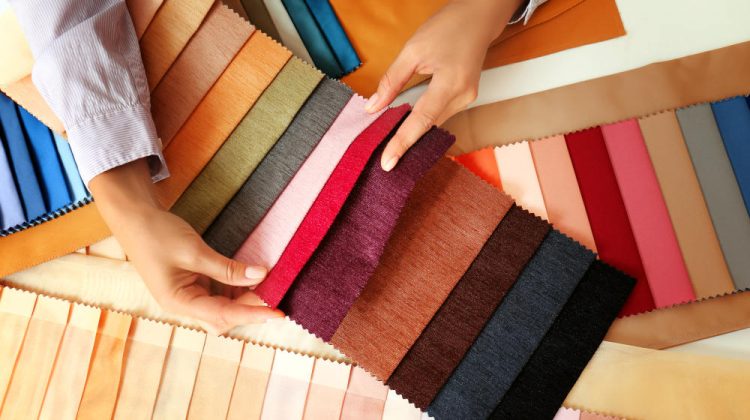
Additional Tips:
- Read the fabric content label for material composition and care instructions.
- Feel the fabric to assess its softness and texture.
- Consider washing requirements – will it need dry cleaning?
By carefully considering these factors, you can select the perfect fabric to meet your specific needs and budget.
3- Fabric Weight: Understanding Density for Performance
Fabric weight, measured in GSM (grams per square meter) or oz/yd² (ounces per square yard), plays a key role in your sportswear’s breathability, warmth, drape, and durability.
Weight Impact:
- Lighter Fabrics (30-150 GSM): Breathable and ideal for warm weather clothing (chiffon, voile, linen)
- Midweight Fabrics (150-350 GSM): Versatile, offering balance between breathability and structure (cotton poplin, twill, denim)
- Heavyweight Fabrics (350+ GSM): Warm and structured, perfect for jackets, coats, and winter wear (denim, canvas, fleece, wool)
Choosing Fabric Weight:
- Consider Intended Use: Lightweight for summer clothes, heavyweight for winter warmth.
- Desired Drape: Lighter fabrics flow more, while heavier ones offer structure.
- Seasonality: Lighter fabrics for warmer weather, heavier fabrics for colder climates.
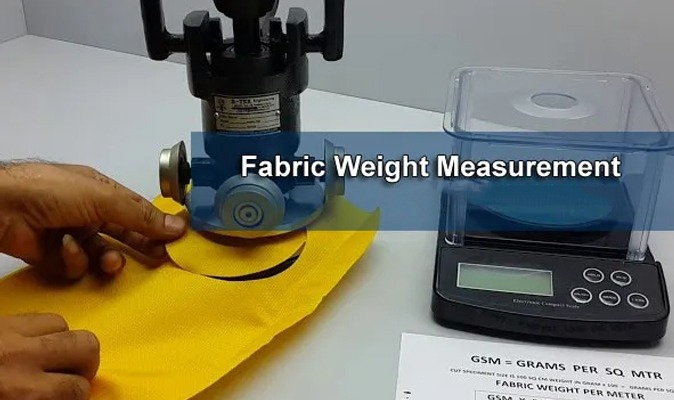
Additional Tips:
- Fabric weight can vary within a type (linen for summer suits vs. tablecloths).
- Pay attention to weave: Tight weaves (even in light materials) are denser and more durable than loose weaves.
Understanding fabric weight empowers you to make informed choices for your sportswear’s performance and aesthetics.
4- Performance Level: Choosing Gear for Your Fitness Goals
The functionality of your sportswear depends on your desired performance level. Here’s a guide to picking the right gear:
- Professional Athlete: Focuses on peak performance and competition advantage.
- Key Features: High-tech fabrics, lightweight materials, advanced features like seam sealing and padding.
- Serious Fitness Enthusiast: Targets a balance between performance and comfort.
- Key Features: Moisture-wicking fabrics, supportive materials, flatlock seams for reduced chafing.
- Casual Fitness User: Prioritizes comfort and affordability.
- Key Features: Breathable fabrics, focus on comfort and ease of movement.
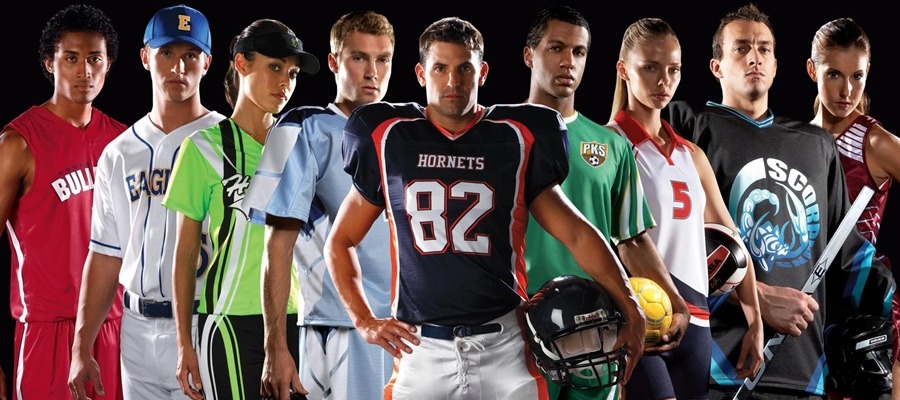
Additional Considerations:
- Activity Type: Running gear prioritizes breathability, while yoga apparel focuses on flexibility.
- Climate: Choose moisture-wicking fabrics for hot weather and thermal fabrics for cold climates.
- Personal Preference: Do you prefer a snug fit or looser styles?
By understanding performance levels and your specific needs, you can select sportswear that optimizes your workouts and keeps you comfortable.
5- Manufacturing Methods: Stitching Your Vision Together
The way your sportswear is manufactured can significantly impact its cost, look, and feel. Here’s a breakdown of common methods to consider:
Basic Garment Construction:
- Sewn Seams : The traditional method using stitches to join fabric pieces. Great for various garments, but might be time-consuming for complex designs. (Pros: Affordable, Strong, Versatile)
Advanced Construction Techniques:
- Bonded Seams: Uses heat or adhesives for seamless finishes. Offers a sleek aesthetic but may limit washing options and raise costs. (Pros: Clean Look, Reduces Chafing, Cons: More Expensive)
- Serging: Applies an overlock stitch to prevent fraying, ideal for activewear but can create a thicker seam. (Pros: Durable Finish, Good for Stretchy Fabrics, Cons: Bulkier Seams)
- Flat-Felled Seams: Two fabric pieces are sewn and pressed for a flat, comfortable finish. This method is strong but takes more time to construct. (Pros: Strong, Comfortable, Cons: More Time-Consuming)
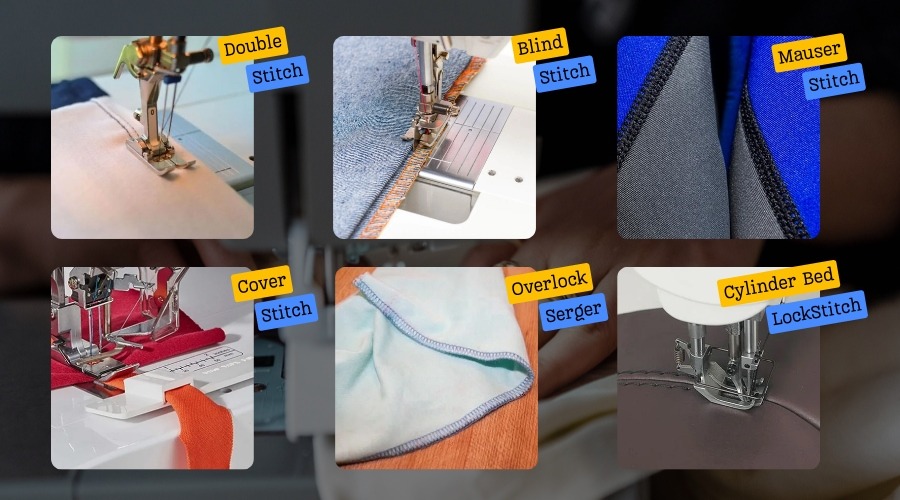
Additional Considerations:
- Trims & Embellishments: Buttons, zippers, or appliques add complexity and cost.
- Fabric Type: Specific fabrics might require specialized techniques, impacting the manufacturing cost.
Choosing the Right Method:
- Consider the desired look and functionality of your garment.
- Factor in your budget and desired price point.
- Discuss options with a manufacturer to find the best balance between cost, quality, and aesthetics.
By understanding these methods, you can make informed decisions to achieve the perfect look and functionality for your sportswear.
6- Embellishing Your Vision: Adding Personality to Your Sportswear
Embellishments can elevate a garment from basic to beautiful, but it’s important to consider their impact on cost, style, and wearability. Here’s a breakdown of popular embellishment options to help you decide:
Common Embellishments and Their Impact:
- Embroidery: Stitching designs, logos, or text directly onto the fabric.
Pros: Highly customizable, can create intricate details and logos.
Cons: Can be expensive for large or detailed designs, may limit washing options for delicate embroidery. - Screen Printing: Applying a design using ink through a stencil.
Pros: Affordable for large quantities, allows for vibrant colors and bold designs.
Cons: Limited to flat designs, may not work well on all fabrics. - Heat Transfer Vinyl (HTV): Applying pre-made designs using heat.
Pros: Affordable and easy to use, wide variety of designs and colors available.
Cons: Can crack or peel over time, limited to simpler designs. - Patches: Sewn or ironed-on fabric pieces with designs or logos.
Pros: Versatile and customizable, can add a unique touch or cover up imperfections.
Cons: Can be bulky or snag on things, may not adhere well to all fabrics. - Sequins or Beads: Adding sparkly embellishments for a glamorous look.
Pros: Create eye-catching shine and texture, great for formal or special occasion wear.
Cons: Labor-intensive to apply, can be expensive depending on material and density, may snag or come loose. - Custom Labels: Woven or printed labels with your brand name or logo.
Pros: Professional and polished look, adds brand recognition.
Cons: Can be expensive for small quantities, requires planning and lead time for production.

Additional factors to consider:
- Garment Style: Choose embellishments that complement the overall design of the clothing.
- Target Audience: Consider who will be wearing the garment and their preferences.
- Durability and Care: Opt for embellishments that can withstand washing and wear without deteriorating.
Tips for choosing embellishments:
- Start Simple: If you’re new to embellishments, begin with a basic design or small quantity.
- Consider a Mix: Combine different embellishment techniques for a unique look.
- Test on Scrap Fabric: Ensure the embellishment adheres well and looks good with the chosen fabric.
By understanding the pros, cons, and cost factors of different embellishments, you can make informed decisions to elevate your garments and achieve the perfect look within your budget.
7- Beyond Logos: Special Customizations for Your Sportswear
Customization extends far beyond logos and labels. Consider these special features to elevate your sportswear’s functionality and appeal (be aware these may impact price):
Functional Customizations:
- Reflective Elements: Reflective tape or panels enhance visibility in low-light conditions.
Pros: Improves safety for runners, cyclists, or anyone exercising at night.
Cons: Can add cost and might alter the garment’s aesthetics. - Integrated Pockets: Pockets in specific locations or with unique features can boost functionality.
Pros: Increased utility for carrying specific items securely (e.g., hidden phone pocket in running tights).
Cons: Requires additional design and manufacturing complexity, potentially impacting cost. - Custom Fit: Tailoring garments to individual body measurements provides a perfect fit and increased comfort.
Pros: Enhances range of motion, flatters the wearer’s body type, improves garment performance.
Cons: Most expensive customization option, requires skilled tailors or specialized manufacturing techniques. - Hidden Features: Zippered compartments, hidden pockets, or built-in loops can add a touch of discreet functionality.
Pros: Improves organization, adds a touch of uniqueness, caters to specific needs (e.g., loop for attaching headphones).
Cons: Increases garment complexity and potentially cost.
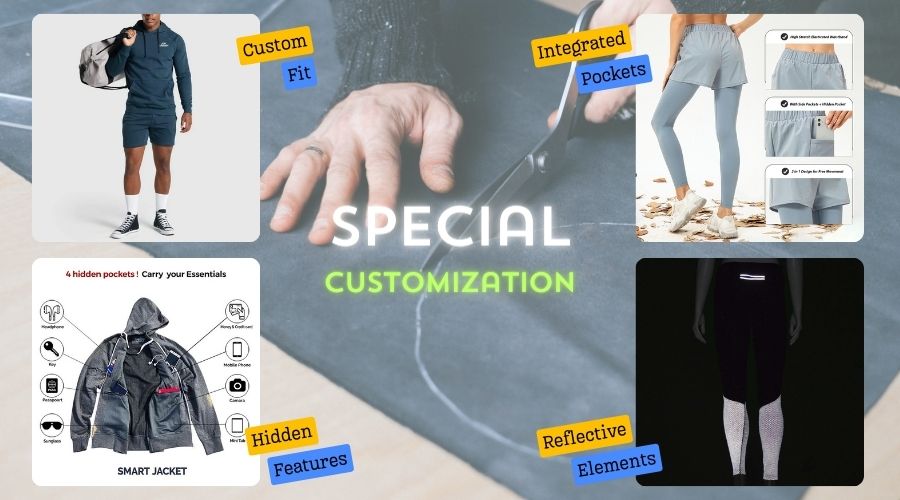
Other Customization Options:
- Color Variations: Offering a wider range of colors beyond basic options allows for personalization and caters to a broader audience.
Pros: Increases customer appeal and sales potential.
Cons: Requires higher minimum order quantities from manufacturers, impacting upfront costs. - Fabric Blends: Creating custom fabric blends with specific properties (e.g., moisture-wicking and odor-resistant) can enhance performance or cater to allergies.
Pros: Provides unique technical advantages or caters to a niche market.
Cons: Requires collaboration with textile mills and potentially higher production costs.
Tips for choosing special customizations:
- Focus on Functionality: Prioritize customizations that solve a problem or enhance the garment’s purpose.
- Consider Target Audience: What features would be most valuable to the people who will wear your clothing?
- Balance Cost and Value: Weigh the added cost of customizations against the perceived value they bring to the garment.
By answering these questions, we can move forward with designing and building a tech pack (a detailed document outlining the garment’s specifications) that aligns with your vision and budget. This collaborative approach ensures you get exactly what you need, without any hidden surprises.
Remember, you often get what you pay for. While a super-cheap price tag might be tempting, it could translate to lower quality materials, poorer performance, or unethical production practices. These shortcuts can ultimately damage your brand reputation and leave you with unsold inventory.
At Arbish Sports, we believe in creating exceptional sportswear that wows your customers. We’ll help you develop a product that stands out from the crowd, generating repeat business and organic brand loyalty. Invest in quality, and your customers will invest in you.

Ready to get started? Let’s chat! Contact us today to discuss your sportswear needs and how we can transform your vision into reality. We’ll guide you through the process, ensuring you have all the information you need to make informed decisions.
- Facebook
- Twitter
- Linkedin
- Whatsapp
